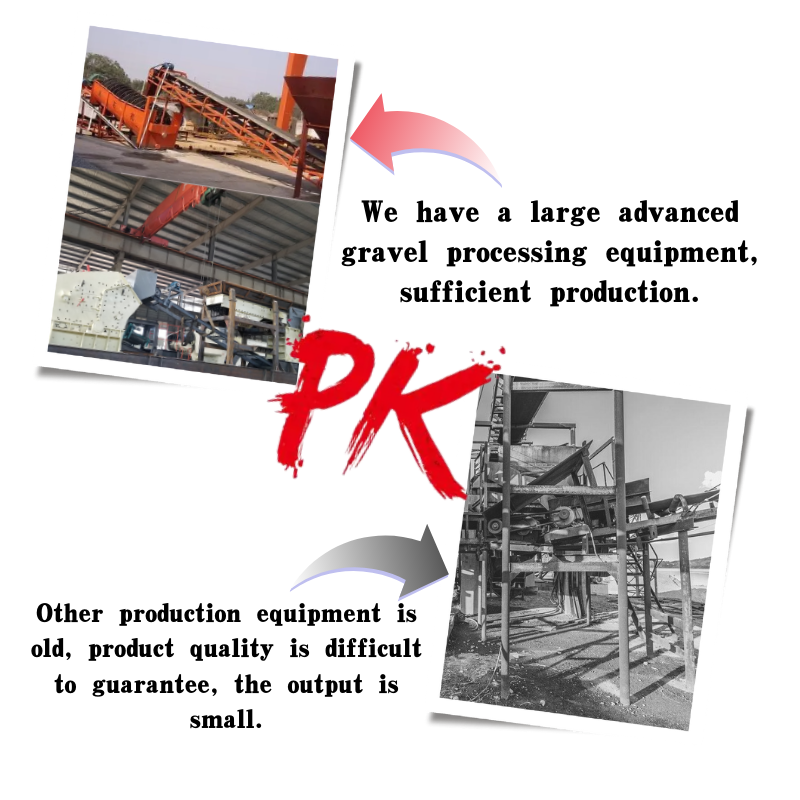
fly ash silica fume
The Role of Fly Ash and Silica Fume in Modern Construction
In the realm of modern construction and civil engineering, the incorporation of supplementary cementitious materials (SCMs) has garnered significant attention. Among these materials, fly ash and silica fume have emerged as prominent players, demonstrating their effectiveness in enhancing the properties of concrete. This article explores the characteristics, benefits, and applications of fly ash and silica fume, showcasing their important roles in promoting sustainability and improving construction quality.
Understanding Fly Ash and Silica Fume
Fly Ash is a byproduct of burning pulverized coal in electric power generating plants. It primarily consists of fine particles that are carried away with flue gases. When collected and processed, fly ash can be used as a partial replacement for Portland cement in concrete. Its pozzolanic properties allow it to react with calcium hydroxide in the presence of water, ultimately forming compounds that contribute to the overall strength and durability of concrete.
Silica Fume, on the other hand, is a byproduct of silicon metal or ferrosilicon alloys produced in electric arc furnaces. It consists of very fine particles that are rich in silica (typically over 90%). Silica fume is highly reactive and, like fly ash, serves as a pozzolan. Its extremely small particle size allows it to fill voids in the concrete matrix, resulting in enhanced densification.
Benefits of Fly Ash and Silica Fume
1. Enhanced Strength and Durability Both fly ash and silica fume contribute to the overall strength of concrete. When used in appropriate proportions, they can significantly improve compressive strength, tensile strength, and overall durability. Silica fume, in particular, is known for its ability to enhance the tensile strength and toughness of concrete mixtures.
2. Resistance to Chemical Attacks The inclusion of these SCMs provides increased resistance to various chemical attacks, including sulfates and chlorides. This resistance is critical in environments such as marine structures and waste treatment facilities, where de-icing salts and sulfate-rich soils pose risks to concrete integrity.
3. Workability and Reduced Permeability Fly ash and silica fume improve the workability of concrete mixes, making them easier to handle and mold. Furthermore, they reduce the permeability of concrete, leading to decreased water absorption and enhanced corrosion resistance, which is vital for ensuring the longevity of structures.
fly ash silica fume

4. Environmental Benefits Incorporating fly ash and silica fume into concrete reduces the need for Portland cement, which is known for its high carbon footprint due to the energy-intensive processes involved in its production. By substituting a portion of the cement with SCMs, the construction industry can contribute to sustainability by minimizing greenhouse gas emissions and promoting waste recycling.
Applications in Construction
Fly ash and silica fume are used extensively in various construction applications, including
- High-Performance Concrete Both materials are utilized in producing high-performance concrete (HPC), which is designed for specific engineering performance criteria in structures such as high-rise buildings, bridges, and pavements. - Precast Concrete Elements The enhanced properties imparted by these materials make them ideal for precast concrete products, such as beams, columns, and slabs, where durability and aesthetic appeal are essential.
- Self-Consolidating Concrete (SCC) The inclusion of fly ash and silica fume in SCC mixtures enhances flowability and allows for the production of complex shapes without the need for mechanical vibration.
- Repair and Rehabilitation Fly ash and silica fume also play critical roles in repair compounds, enhancing adhesion, strength, and resistance to environmental degradation.
Conclusion
In conclusion, fly ash and silica fume are vital components in modern concrete technology, contributing to improved strength, durability, and sustainability. As the construction industry moves toward more environmentally friendly practices, the demand for these supplementary materials is likely to grow. Their continued use not only fosters innovative construction methods but also supports global efforts toward achieving sustainable development in infrastructure. Whether in new constructions or renovation projects, the integration of fly ash and silica fume represents a significant step forward in the pursuit of quality and environmental stewardship in concrete applications.
Share
-
Premium Pigment Supplier Custom Solutions & Bulk OrdersNewsMay.30,2025
-
Top China Slag Fly Ash Manufacturer OEM Factory SolutionsNewsMay.30,2025
-
Natural Lava Rock & Pumice for Landscaping Durable Volcanic SolutionsNewsMay.30,2025
-
Custom Micro Silica Fume Powder Manufacturers High-Purity SolutionsNewsMay.29,2025
-
Custom Mica Powder Pigment Manufacturers Vibrant Colors & Bulk OrdersNewsMay.29,2025
-
Custom Micro Silica Fume Powder Manufacturers Premium QualityNewsMay.29,2025






